
Indonesian volleyball player Manganang once created fierce controversy - Photo: GI
Controversial history
A year ago at the Paris Olympics, Algerian female boxer Imane Khelif reignited the fierce debate about gender issues in elite sports .
In March 2023, she was disqualified from the world championships by the International Boxing Federation (IBA) because a DNA test result was said to have detected XY chromosomes.
However, the IOC still allows Khelif to compete at the 2024 Paris Olympics based on valid documents and a long history of competition in the women's category.
She won the gold medal and became the center of a global debate: where is the line between biological sex, legal gender and the right to fair play?
Gender testing is not a new issue. Since the 1940s, some tournaments have required a “certificate of femaleness” issued by a doctor, to prevent men from pretending to be women to compete.
By the 1960s, visual inspections even required female athletes to “prove their bodies” to a medical board—a practice that was considered a serious violation of human dignity.
Then biotechnology was applied with the “barr body” test to determine gender through chromosomes, officially bringing the IOC into play from the 1968 Olympics.

Boxer Imane Khelif remains controversial to this day - Photo: REUTERS
By the 1990s, the IOC had switched to polymerase chain reaction (PCR) testing to look for "male-related genetic material" from DNA samples.
For more than three decades, all female Olympic athletes were required to undergo gender testing. However, the IOC abolished the practice in 1998 due to its high cost, psychological stress, and extremely low detection rate of cheating.
But this method has been criticized by many famous scientists , such as Albert de la Chapelle or Malcom Ferguson-Smith. They believe that the Barr method does not take into account the strengths and weaknesses of gender, meaning that having a Y chromosome does not mean that athletes will have an advantage in strength or speed.
In 1985, Spanish track and field athlete Maria José Martínez-Patiño failed to prove she was female at the Kobe World University Games, Japan, despite passing the test at the 1983 World Athletics Championships.
In fact, most cases of “difference” are not fraud, but stem from intersex conditions — when biological characteristics do not quite fit the definition of male or female.
One federation one solution
Since the 2000s, controversy has flared up again with prominent cases such as Caster Semenya (South Africa) or Dutee Chand (India), when results showed that they had natural testosterone levels higher than the average for women.
In 2011, World Athletics (WA) issued new regulations regarding testosterone and hormone testing. The terms "gender testing" and "gender verification" were eliminated.
Instead, the WA and IOC emphasise the importance of testosterone levels: some female athletes will be ineligible to compete due to hormonal abnormalities. Specifically, the maximum testosterone level is 10 nmol/l.
The debate revolves around the line between sporting fairness and individual rights. Many argue that forcing athletes to lower their hormone levels or undergo surgery is a violation of human rights.
Some of the cases that have been exposed have caused a stir: some people were publicly eliminated without a transparent process, some were under media pressure to the point of mental breakdown.
On the other hand, there are also female athletes who feel disadvantaged when competing against opponents with superior biological advantages. This tug-of-war puts sports organizations in a difficult position: ensuring fairness while respecting human rights.
Today, each major sports body has its own approach. The IOC no longer enforces universal gender testing, but leaves the decision up to individual international federations, while recommending that any regulations be based on scientific evidence and respect for the dignity of athletes.
From 2025, WA will introduce mandatory SRY gene testing before championships to determine female gender identity.
World Aquatics sets limits on puberty and opens an “open” category for athletes who do not fit the traditional male-female criteria.

Manganang before and after gender reassignment - Photo: FB
In boxing, World Boxing from May 2025 requires PCR genetic testing to rule out the presence of the Y chromosome in female events.
Meanwhile, the International Volleyball Federation (FIVB) has so far been quite vague in gender testing.
Specifically, they allow athletes to change their gender once. And this change must be approved by the Gender Egibility Committee, with the conclusion that this gender change does not create an unreasonable advantage for the athlete.
The FIVB also said that they do not conduct mass gender testing, but only in cases where there is clear suspicion.
Overall, the story of gender testing has not yet been built into a complete system in the sports village. Each federation, each sport has different criteria, and the IOC has so far been confused about giving a clear stance.
Happy ending for Manganang?
A few years ago, the Southeast Asian volleyball community was embroiled in controversy surrounding Indonesian athlete Aprilia Manganang, who was diagnosed with the medical disorder "hypospadias" (a congenital genitourinary malformation).
Manganang had to live as a woman for 28 years, before completing gender reassignment procedures in 2021.
Of course, he also retired from the Indonesian women's volleyball team and the country's volleyball federation decided not to strip Manganang of any achievements because he was not at fault. In 2022, Indonesian media reported that Manganang had gotten married and was living happily.
Source: https://tuoitre.vn/lang-the-thao-the-gioi-va-cau-chuyen-kiem-tra-gioi-tinh-20250812204638561.htm



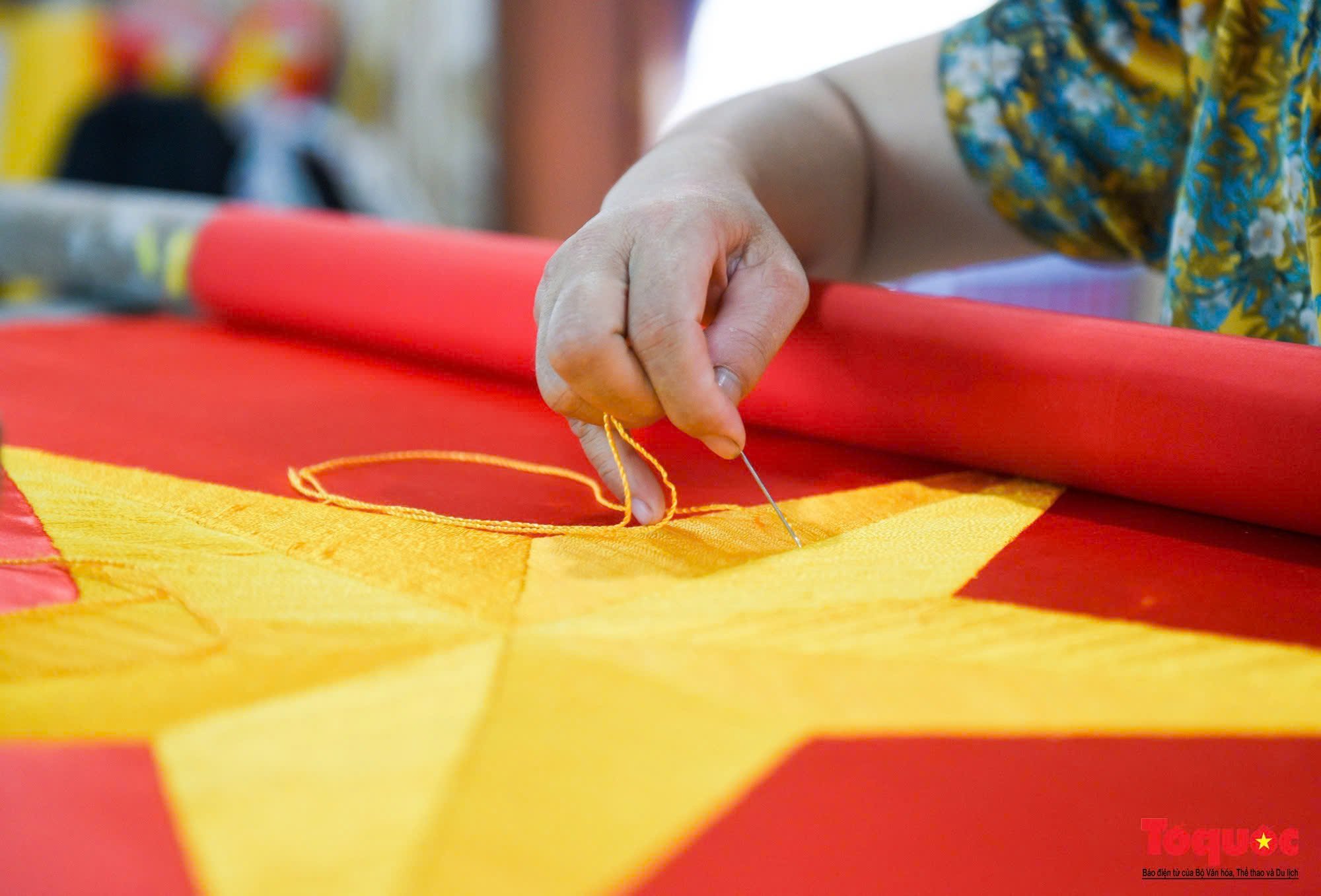









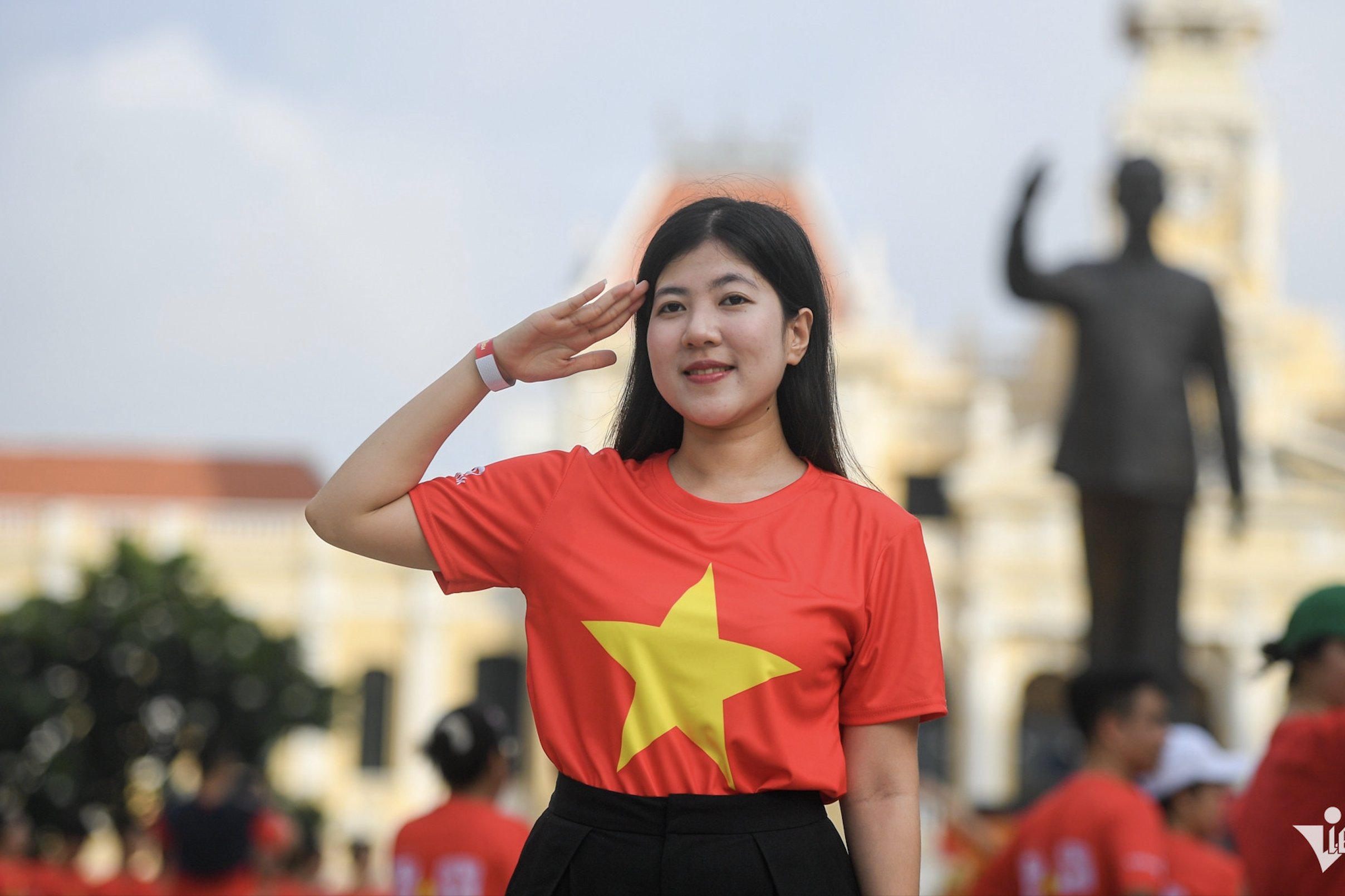


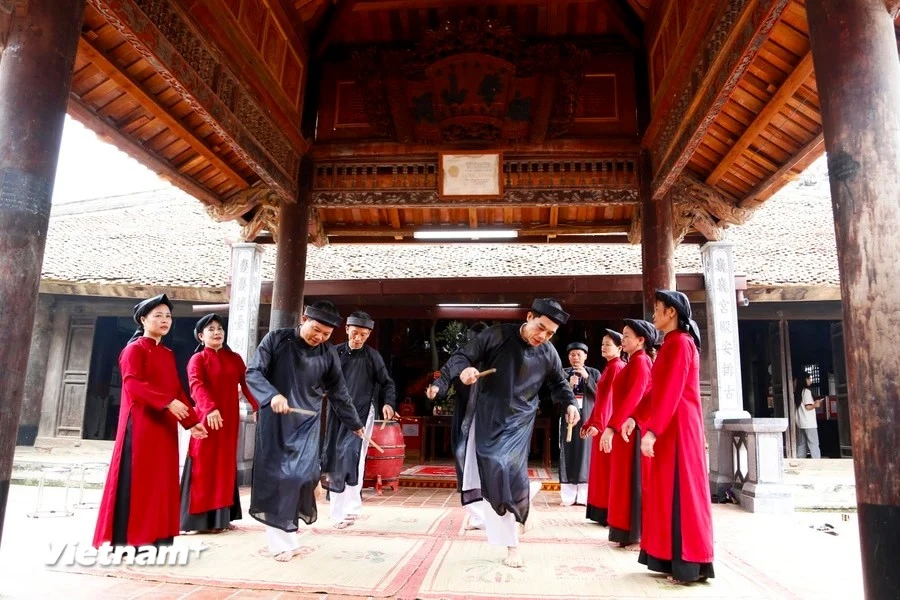







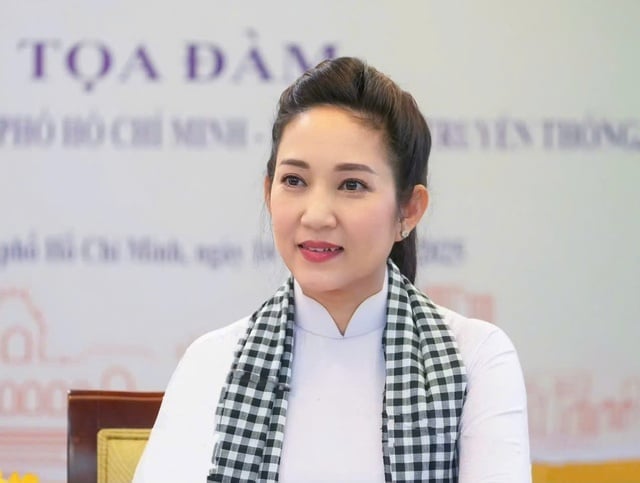







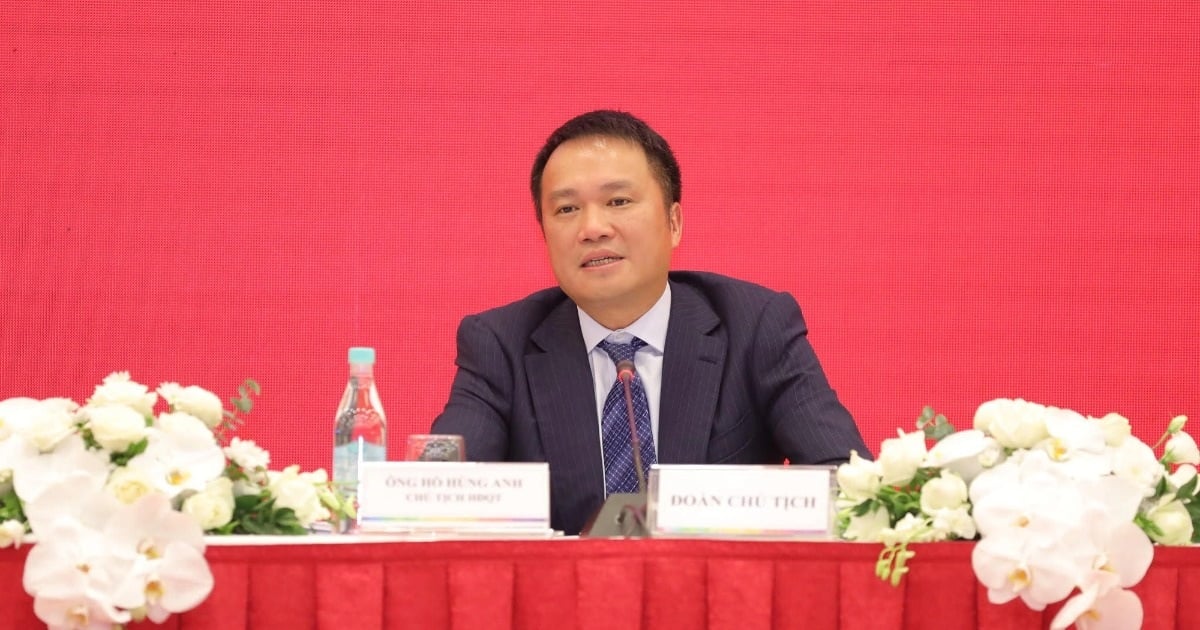









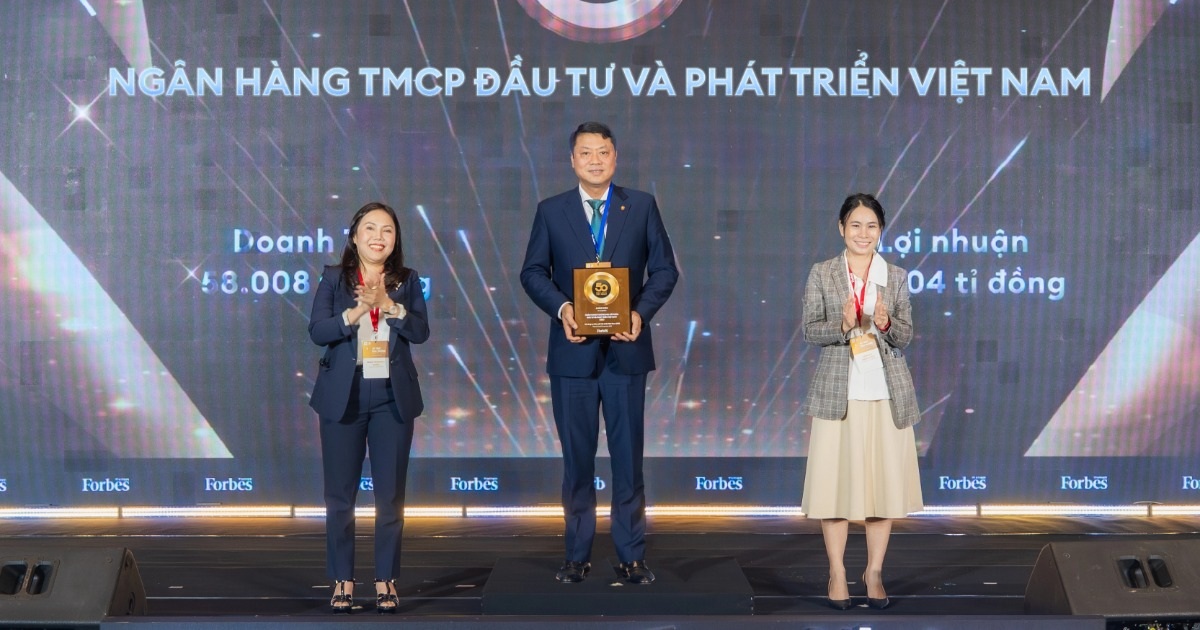
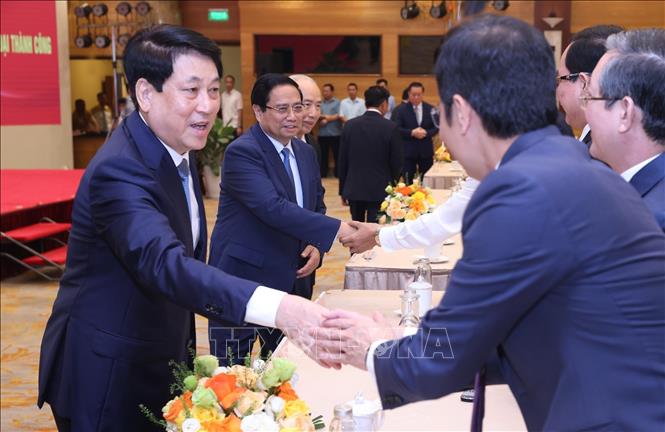

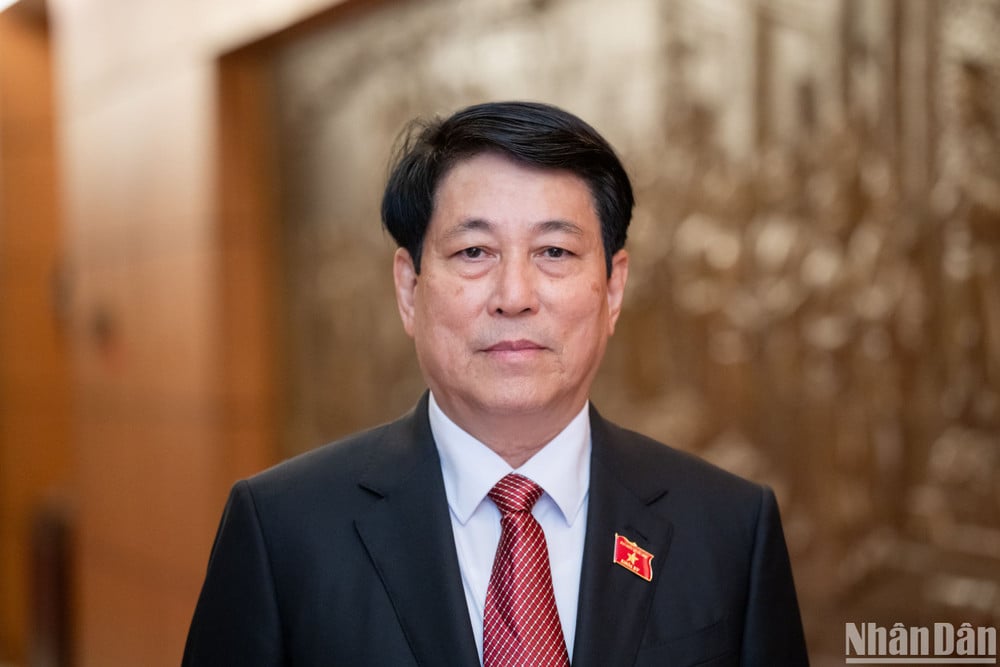

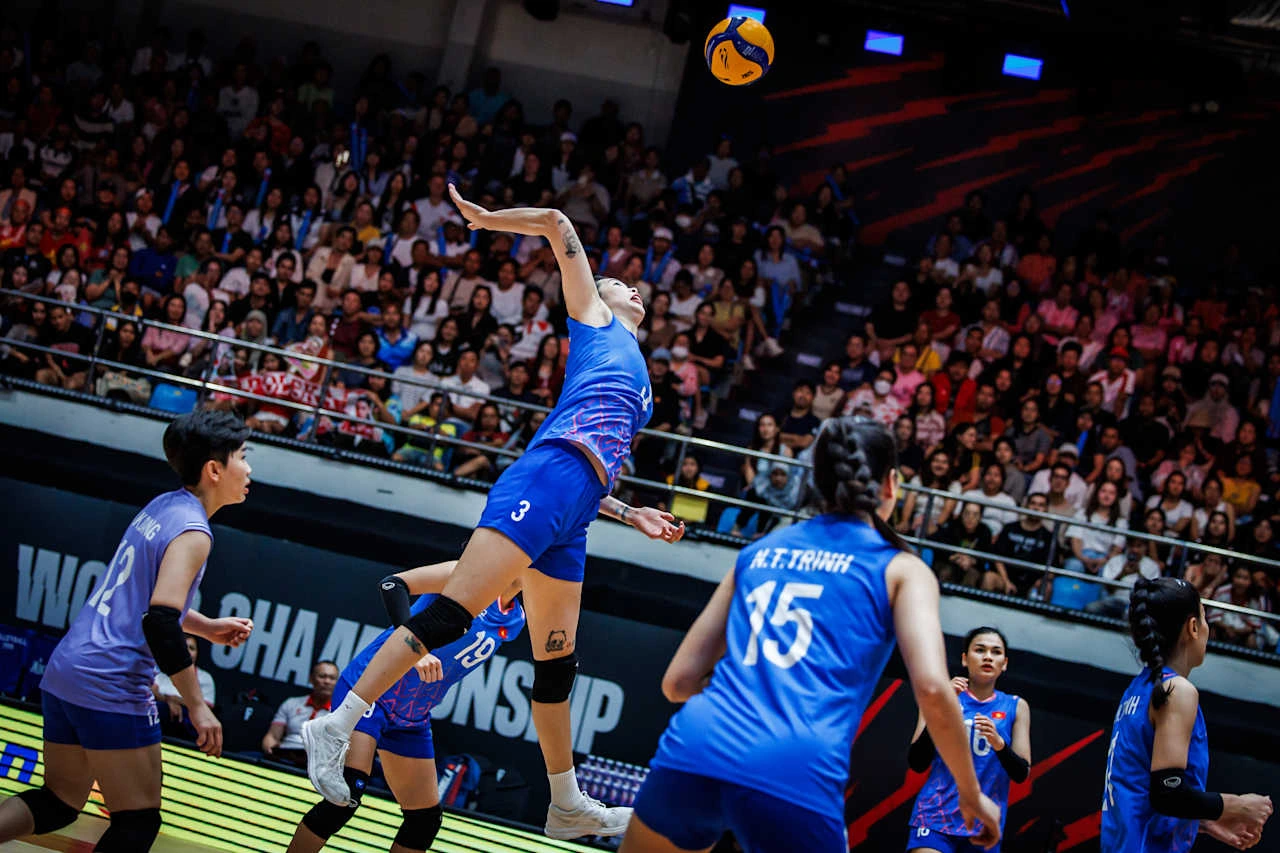

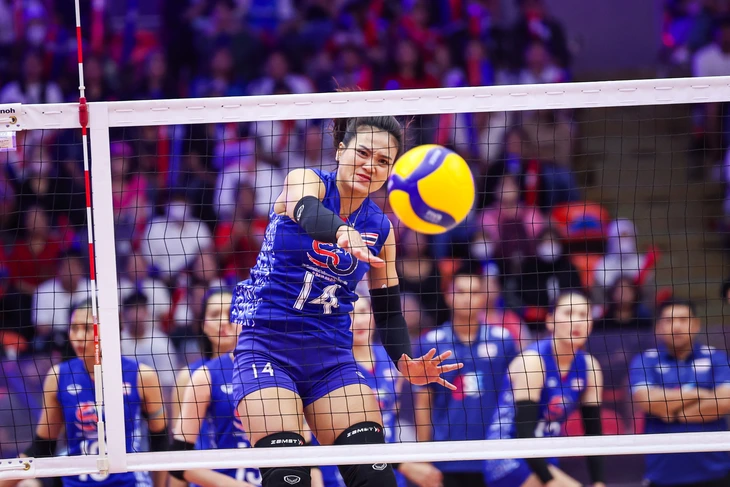








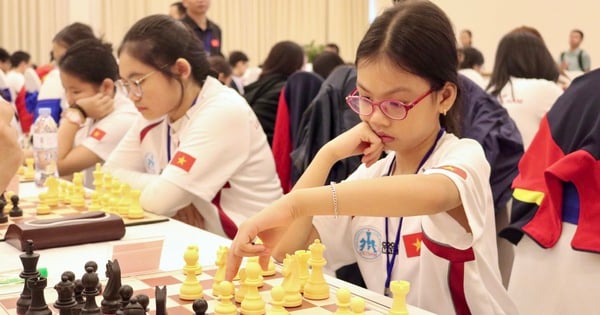


























Comment (0)